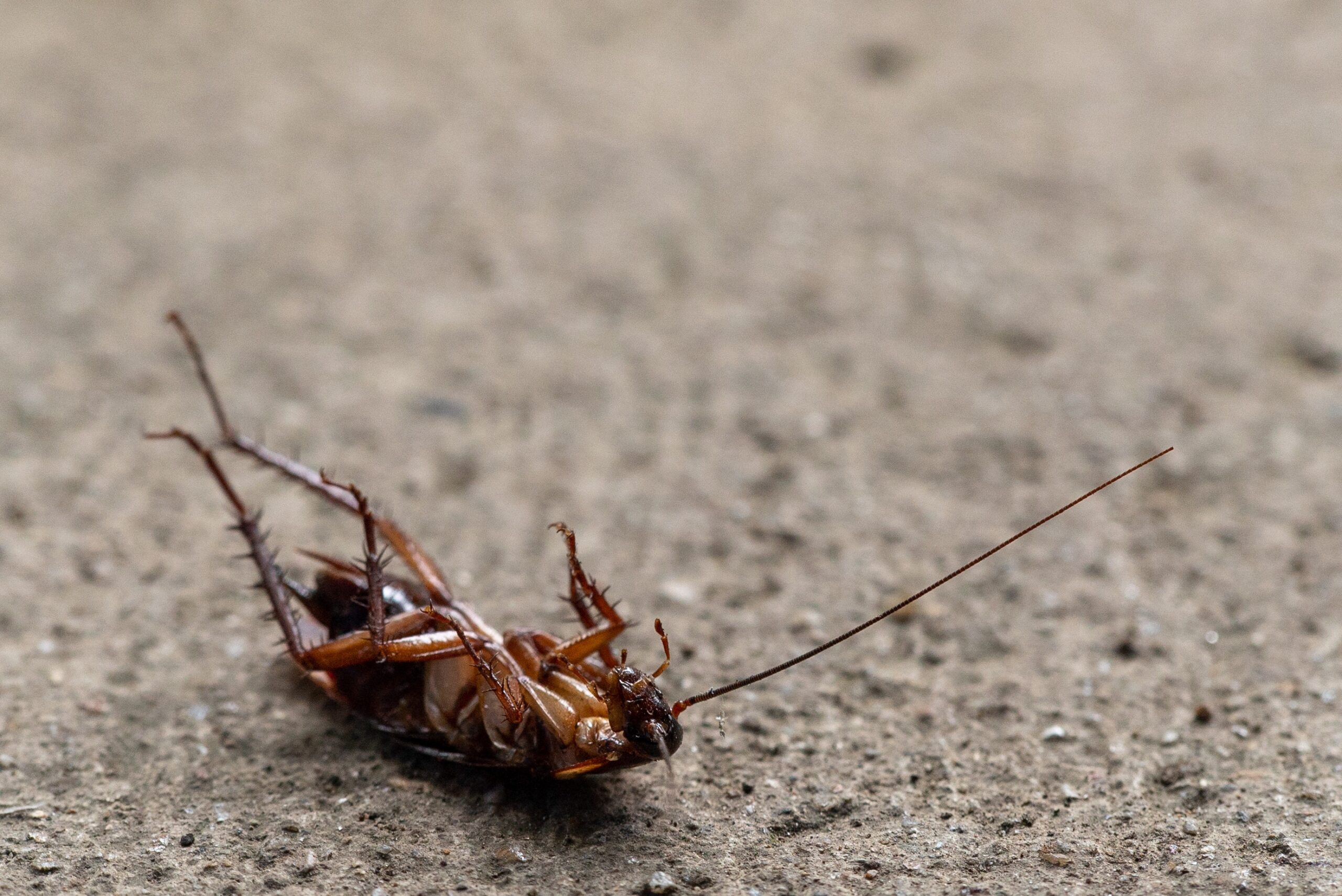
06 Feb All Cockroaches Are Not The Same
In our last article we told you about the nemesis of pest control operators, the German cockroach. You learned some interesting, yet creepy facts about these little critters.
What we’re focusing on this week is identifying the difference between German cockroaches and other common cockroaches. You may be thinking “firstly, this is a lot of talk about cockroaches, and secondly, “don’t all cockroaches look alike?”
Unfortunately, the answer to that question is a resounding “no”. There are approximately 4,600 cockroach species across globe (yikes!) but only 30 of them have any association with human habitats. We know this may not give you much comfort and we’re sorry.
Two of the major species of cockroaches that tend to frequent human spaces locally are the German cockroach and the American cockroach.
Now that we’ve covered that, let’s talk about some of the distinguishing factors between these two species. For starters, the adult German cockroach has a light brown or tan body with two dark stripes. The juvenile or nymph is smaller, darker and only has a single tan stripe running down its back. American cockroaches on the other hand are more reddish-brown with a yellowish figure-8 pattern on the back of their heads.
As for size, the German cockroach is slightly smaller than the American. The German cockroach measures approximately 0.5 inches long. By contrast, the American cockroach measures up to 2 inches in length.
With some biology under our belts, let’s take a look at their preferred habitat. American cockroaches often live in sewers, storm drains, steam tunnels, water meter boxes, gardens, trash bins, and facilities that raise animals. German cockroaches however, prefer houses and buildings to any other habitat.
Why is this information important? Well, with any problem, you need to first identify the actual issue so you can prescribe the appropriate solution. As with all aspects of pest control, identification is paramount to providing effective treatment and prevention solutions. Without actually knowing the type of pest or pest species, any prevention or control program is bound to fail.

Sorry, the comment form is closed at this time.